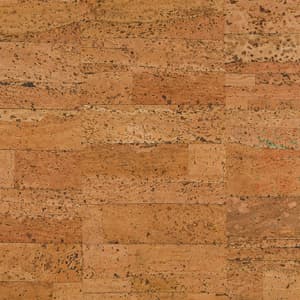
Sierra - CARAMEL
NAT 4210


Being “one with the natural world” is, for most, a condition of wellness. We seek to lessen our environmental impact by harvesting earth’s precious resources wisely and assessing the life cycles of what we take. With sustainability a priority, Wolf-Gordon is introducing five new upholstery textiles made of beautiful, biodegradable and renewable cork. The inherently flame-resistant material can also be used as a wall covering.
How is our cork upholstery made?
1. Cork is stripped from the bark of a “live” cork oak tree, which regenerates every 9 – 10 years, maintaining the forest’s ecological process.
2. Cork bark planks are collected and taken to a processing plant where the cork is air dried for approximately six weeks.
3. The planks are boiled to remove the rough outer layer and clean and soften the material. The bark is then shaved into very thin sheets.
4. Pieces of the sheets are arranged to create the various patterns, which may be backed with color or metallic sheets and bonded to a polyester/cotton backing. The cork can then be stained or colored.
Where does our cork come from?
Cork oak trees grow naturally in two areas of the world: Southwest Europe and Northwest Africa. Our cork products come from Portugal and Spain, where laws protect thousands of acres of forest and, in turn, protect hundreds of species of birds, animals, and plants. Portugal produces more than 50% of the world’s cork supply. It is also the location of the world’s oldest demarcated wine region, the Douro Valley, renowned for its port wine.
What are other uses for cork?
Of course, the most iconic use for cork is associated with stoppers for wine and champagne bottles. However, the soft, durable, and animal-friendly material has also been used in place of leather for handbags, shoes, hats, and other fashion accessories. Portugese architects such as Álvaro Siza and Eduardo Souto de Moura have designed furniture, interior fixtures, and even buildings covered with cork cladding.